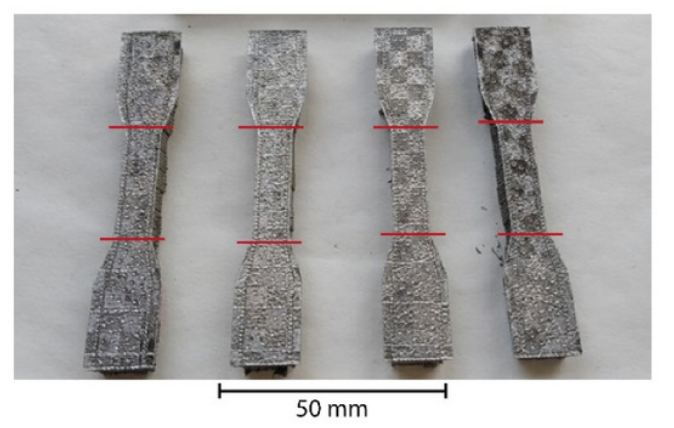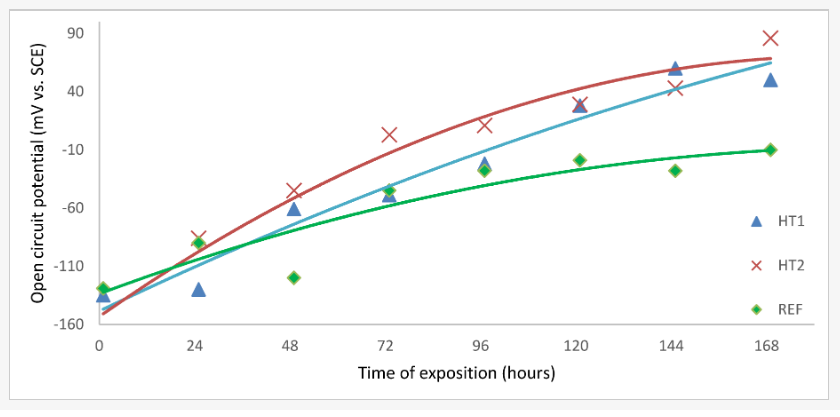Researchers from the Czech Republic and Poland continue the trend in exploring and expanding materials for 3D printing and additive manufacturing, releasing their findings in the recently published ‘Complex Corrosion Properties of AISI 316L Steel Prepared by 3D Printing Technology for Possible Implant Applications.’
Noting some of the benefits in 3D printing that are specific to this study, the authors mention one of the most important factors: with progressive technology like selective laser melting (SLM), industrial users can look forward to creating complex geometries that may not have been possible before—ultimately resulting in parts that offer better performance and functionality for a wide range of applications.
Many different types of 3D printing technology and materials are opening up a new world of options in the development of parts for aerospace, automotive, and more—but the medical industry has already been widely impacted—especially regarding medical models and medical devices like implants.
While extreme durability is often not required as much for prototypes, as 3D printing has become attractive to users for the fabrication of functional parts, there is often much to be considered—from software, hardware, and materials, to printing parameters that can have a significant effect on mechanical properties and overall quality of components. For medical devices such as implants, biocompatibility and safety for the patient are critical factors too.
Stainless steel and metal 3D printing have been increasing in popularity as users on all levels continue to refine the development and production of functional parts, as well as preventing serious issues like corrosion. As samples were created for this study, the main goal was to compare and analyze the properties of AISI 316L prepared by SLM and classical AISI 316L.
“Investigations were performed on the austenitic stainless steel AISI 316L prepared by the additive manufacturing process from atomized powder certified by Renishaw with an average particle size of 45 ± 15 μm,” explained the researchers.
Samples were fabricated in the shape of an ‘H,’ cleansed, and then soaked in acetone for five minutes. Middle sections of each sample were then removed to avoid overheating and the possibility of any changes to structure.
All samples displayed porosity, with pore character proving to be ‘analogical for all samples,’ and microcracks apparent in the sharp edges. Very few pores displayed smooth edges, and in those cases, they were connected to gas trapped in the microstructure.
“The corrosion rate obtained by potentiodynamic polarization method was deeply under the recommended limit. The reference sample demonstrated the most promising results of corrosion rate, especially after 169 h exposure,” concluded the researchers. “The highest values of corrosion rate were measured for the sample after 1050 °C heat treatment and after 1 h exposition in saline solution. The signs of corrosion came in the form of the selective dissolving of microstructural components, leaving cellular-like reliefs on the exposed surfaces rather than in the corrosion pits.”
“According to these results, SLM stainless steel AISI 316 shows promising properties for manufacturing medical instruments or implants, preferably for short term implantations. It was proven that heat treatment of SLM samples from AISI 316 increases their corrosion rate under the conditions of the human body. According to the results from this study, high temperature heat treatment should not be used for implants with long-term applications, wherein the amount of released ions from corroded material increases with time.”
What do you think of this news? Let us know your thoughts; join the discussion of this and other 3D printing topics at 3DPrintBoard.com.
[Source / Images: ‘Complex Corrosion Properties of AISI 316L Steel Prepared by 3D Printing Technology for Possible Implant Applications’]
The post International Researchers Analyze Corrosion Properties in 3D Printed AISI 316L Steel appeared first on 3DPrint.com | The Voice of 3D Printing / Additive Manufacturing.





